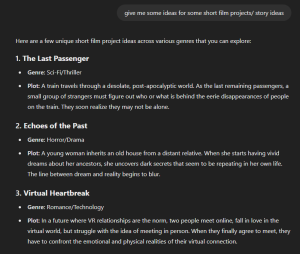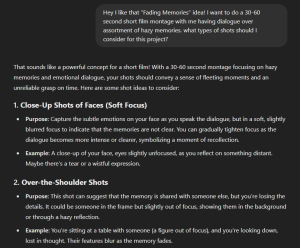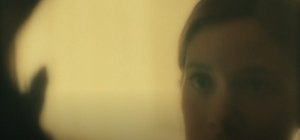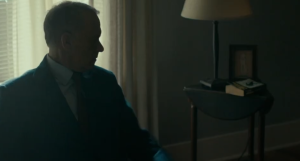Here is my montage loop of me pressing buttons around my kitchen. The action of pressing the buttons tie the shots together, and I tried to keep the location of the button and my finger in a consistent spot.
Gebhart Emma Endless Loop Project 4 DTC491 (Loop 2)
Here is my endless loop of me pouring a cup of tea.
Gebhart Emma Continuity Loop Project 4 DTC491 (Loop 3)
Here is my continuity loop of me endlessly playing the piano. I did speed it up so it didn’t take so long, but also thought the sound of the sped up piano was quite fun.
Gebhart & Carrick IN CLASS Loop DTC491
This is the Loop I and Qinn Carrick made in class, and edited together in class.
Gebhart Emma Endless Loop 2 Project 4 DTC491 (BONUS)
I was having fun, and decided to edit another infinite loop with the footage I gathered from the continuity loop, and thought I would share.
One Day
Continuity Loop
My movements were a bit slow, so it’s slightly longer than 10 seconds.
‘montage loop’
‘infinite loop’
In Class Loop – Autumn and Rylan
Breaking Space – Autumn
Rylan Eisenhauer Blog Post #4 (Chat GPT Video Chat)
When first starting my dialogue with ChatGPT I realized how important wording my prompts was. My first ask was involved saying how I was gonna use AI to create video but ChatGPT read that as “give me ideas that would make videos about AI.”
I ended up using the prompt “give me some ideas for some short film projects/ story ideas” which definitely helped get more on the right track with creative endeavors. ChatGPT gave me 10 ideas. The 3 I liked most were “Fading Memories,” “The Last Passenger,” and “Echoes of the Past.” I decided to expand upon “Fading Memories” as it seemed a route that would work well with AI being almost a dreamlike state where what is generated is allowed to be a bit odd because it may not be remembered correctly.

I expanded on this idea with the prompt “Hey I like that “Fading Memories” idea! I want to do a 30-60 second short film montage with me having dialogue over assortment of hazy memories. what types of shots should I consider for this project?” to which it gave many ideas that I liked with having a mixture of shorts both of the past memories being hazy and close up dramatic slow shots to create a similarity and contrast of sad feelings between both shot types.

Thus I have landed on the idea to make a dramatic 30-60 second short film of happy memories slowly fading as they have happened so long ago. I will most likely make it about a love relationship that has been lost to time and being separated has made the emotion of the memories feel bittersweet. I want to have myself do the dialogue, record myself as the character in the non memories section and then use AI for all of the hazy dream sections.
To compare what I am envisioning to other works of film and quality type, the lighting of the shots of the man alone with be very dark and the AI memories will be black and white to show a positive yet slightly forgetfulness. The set for the alone man will be places like sitting on the bed, looking in the mirror, and other dramatic dark locations with the lights off meanwhile the shots of AI will be more outside and open with sunlight or good indoor lighting.
The AI creations will be similar to the montage we see at the beginning of Up (except not cartoon looking and using black and white instead) I see why they have the color in Up as Carl’s memory is fine and stable, but for my effect I need things to not have all of the details like a part of you is trying to keep it and the other wants to throw it away.

(But black and white with hazy effects)
Another point to draw from is the film “A Man Called Otto” which I believe shows both how I want to shot the in real life shots similar to Otto in his home being dramatized with different close ups and establishing shots, but also how the hazy memories are done in the montage style(except black and white instead of yellow) The yellow of these shots show pure untainted happiness about those memories meanwhile I believe the black and white effect will help show the sadness that has been added to the memories.

(But black and white)

(Darker lighting but similar vibes of this)
-Rylan Eisenhauer
Rylan Eisenhauer DTC 491 Loops All 3 Videos
Here are my loop videos for the Loops Assignment. each one repeats 3 times
Continuity Loop (7 secs)x3:
Infinite Loop (8.6 secs)x3:
Montage Loop (6.3 secs)x3: (No Sound)
-Rylan Eisenhauer